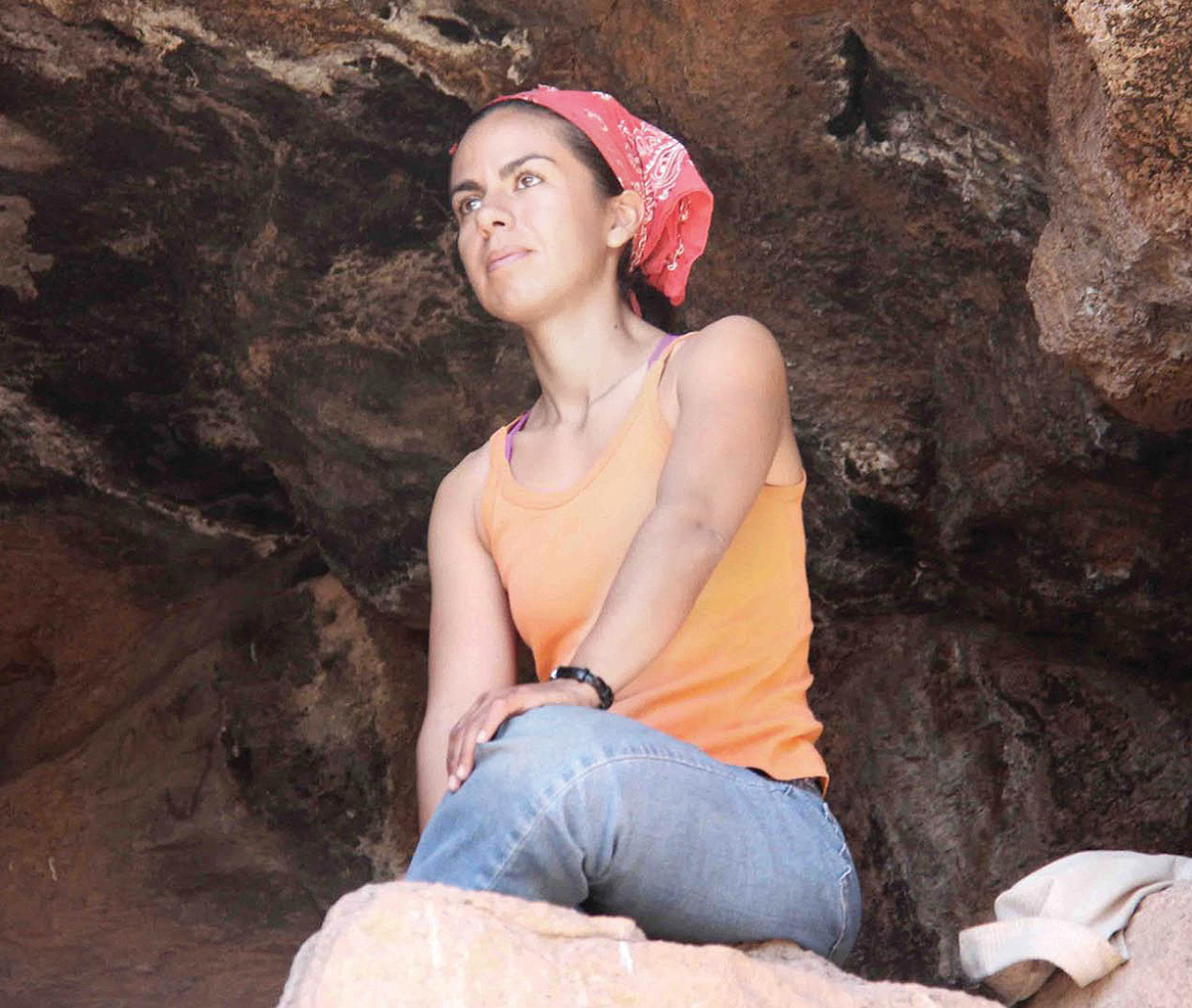

Dr. Veronica Zamora-Gutierrez sees working with more cave-dwelling bats in the future.
Staying Connected with Pitaya
r. Veronica Zamora-Gutierrez wants people in Mexico to know that bats provide value to ecosystems. A researcher at Centro Interdisciplinario de Investigación para el Desarrollo Integral Regional (CONACYT-CIIDIR IPN) in Durango, Mexico, she is a former BCI Student Scholar interested in studying ecosystem services that show how bats fit into the landscape and benefit people.
What is the current focus of your research?
I’m studying the ecosystem services of pollinating bats. We study a crop in Mexico called pitaya, which is very culturally and economically important in some areas. Pitaya is a fruit that grows on certain species of columnar cactus, generally from the genus Stenocereus. In collaboration with colleagues from the University of Southampton, UK, we were able to place an economic value on bat pollination of pitaya. It was not just a mathematical extrapolation—we worked with the community and estimated the dependence of the crop on bats. This study gave us a deep understanding of how important bats are for the community that relies on harvesting pitaya.
Which bats do you focus on in your research?
The lesser long-nosed bat (Leptonycteris yerbabuenae) is one of the most important pollinators of pitaya. We focus a lot on this species because it’s abundant and migratory. It used to be on the list of protected species, but it was recently delisted. We’re still not sure how stable their populations are, so it’s a very interesting model of study for many questions. We want to ask different questions about the species, like what their most important migratory routes are, so that we can protect and conserve their pollinating services.
What other interesting projects are you working on?
We’ve assembled a national library of recordings of echolocation calls from a Mexican bat species named Sonozotz. It was a national effort that a lot of researchers participated in, representing almost 80% of the bat species in Mexico. We published a guide to these echolocation calls. This project has been helpful internationally because other Latin American countries have asked us for advice to replicate this effort elsewhere.
Consultants and companies required to do acoustic assessments before construction, such as with wind turbines, also could find this resource useful. With the material we are developing, we try to make their jobs easier and more accurate for management recommendations.
What are your plans for the future?
I also want to continue working with bats and ecosystem services, specifically focusing on tourism and guano extraction. Bracken Cave in San Antonio and the Congress Avenue Bridge in Austin are both important tourism areas in the United States. There are some caves in Mexico that are also used as tourist attractions and for extracting guano for use as fertilizer, but nobody has studied how important they are for the community, so we want to do that.